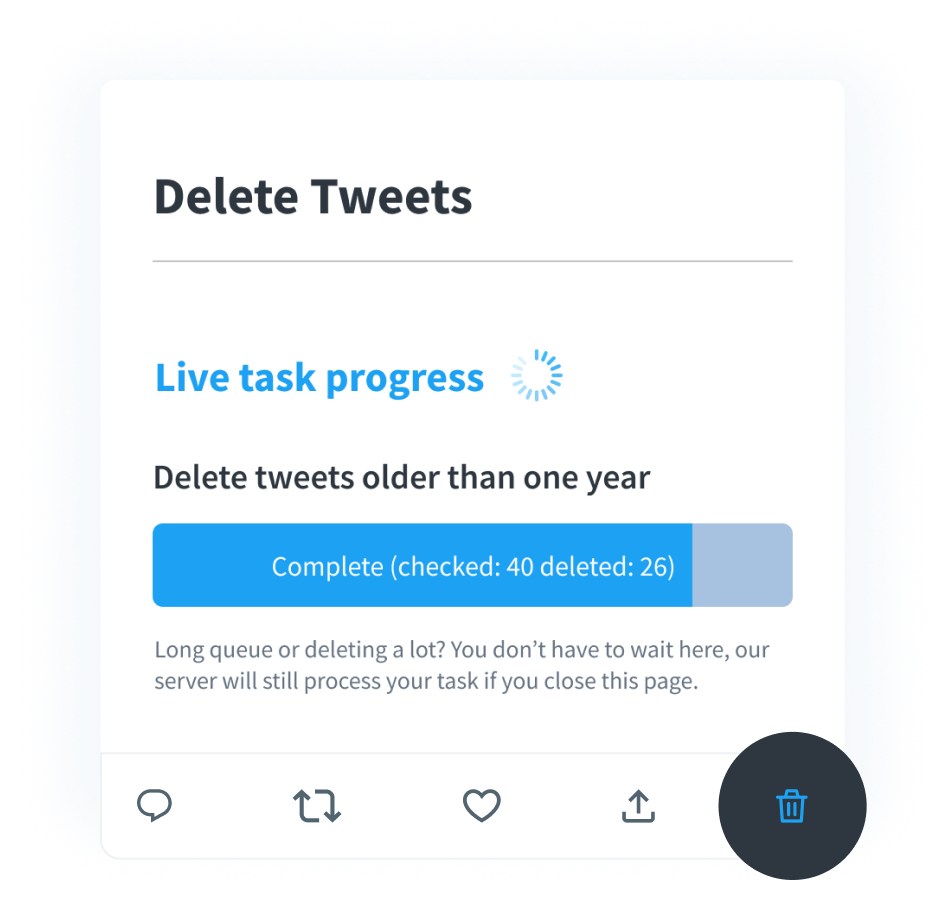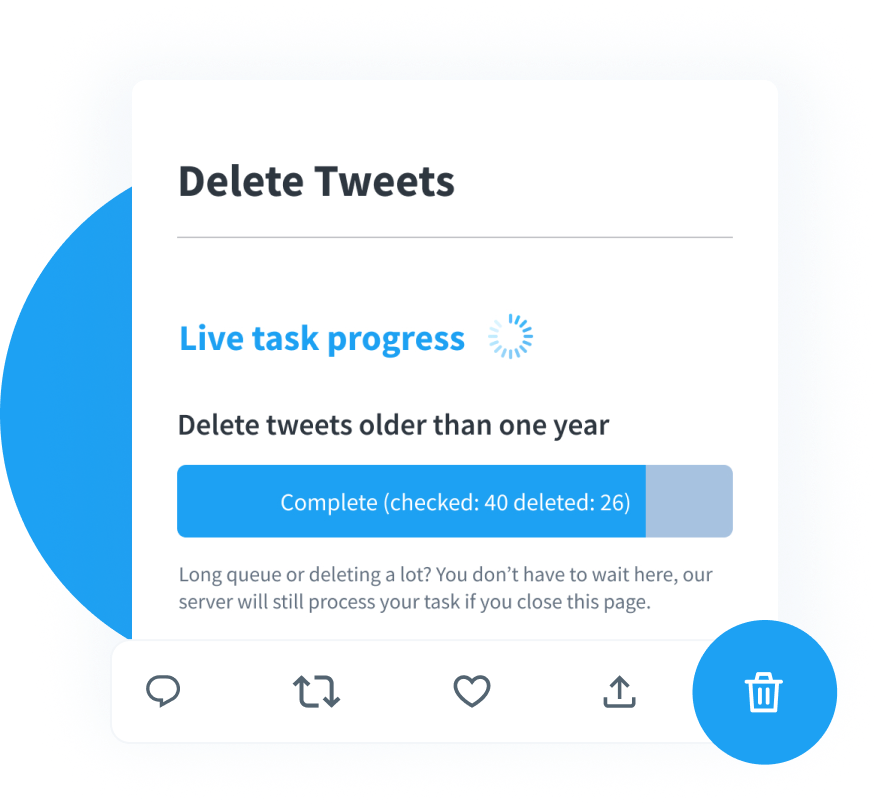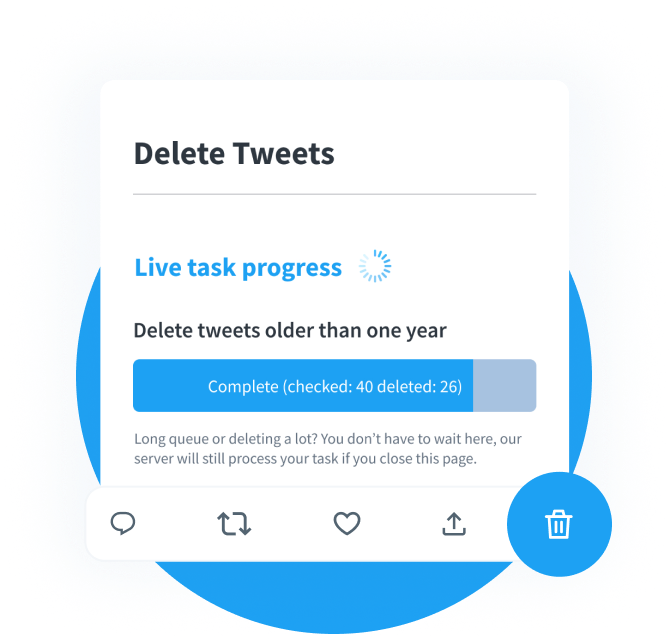Social platforms like X are among the best places to learn what people think about you. After all, users aren’t shy about sharing their opinions on this network. However, collecting and analyzing this information is no easy feat, given the sheer volume of posts. You need the assistance of a Twitter sentiment analysis tool.
This guide helps you take the first step to truly understand what people are saying about you on X. You’ll learn the meaning of sentiment analysis, how to collect user data, and how to make sense of their opinions. It also covers which tools you can use to help you take the next best course of action.

Table of Contents
What Is a Sentiment Analysis: Understanding Your Target Audience’s Opinions
As you’re new to this topic, you want to know — what a sentiment analysis is. It is learning people’s perceptions of your brand and its offerings. Also known as opinion mining, it is a way to discover users’ honest thoughts about you.
But how will you do this on social media platforms like X? You need to track conversations about yourself on this network. One way to go about it is to keep an eye on all posts where the users mention you. However, they may not always tag you in their tweets.
Another way is to follow relevant hashtags, which categorize similar content. Since everything is in a single place, it makes your job much easier.
You can also check out the comments in relevant posts, as people can also talk about you in these sections.
However, tracking posts, mentions, comments, and hashtags isn’t enough as it doesn’t give you the whole picture. You also need to find the real emotions and opinions driving user interactions.
To grasp user sentiment, you need to categorize peoples’ feelings. The common practice is to use classifications like positive, neutral, and negative. By analyzing conversations, the majority of the discussions will fall into these categories.
For example, during Suicide Squad: Kill The Justice League’s early access, several users tagged the video game in their posts. If you only look at the mentions metric, it seems the video game is doing well.
With sentiment analysis, you’ll notice most posts were negative. Digging deeper, you find the real reason behind the increase in mentions — there was a significant game-breaking bug.

3 Reasons Explaining Why You Should Analyze Sentiments From Tweets on Twitter
Why is it beneficial to spend your resources, time, and effort analyzing sentiments from posts? One of the benefits of integrating this into your social media strategy is that you can follow consumers’ conversations. How does this help? Below are three reasons highlighting why you should analyze sentiments from tweets:
- Improve customer support: People often use social media platforms like X to discuss their negative experiences. Why? They believe it is one of the fastest ways to get the brand’s attention, especially if other methods fail. If you have a young target audience, they will use social platforms to voice their opinions. With sentiment analysis, you can pick up their issues easily. This gives you time to address them quickly, improving your brand’s perception among consumers.
- Understand the weaknesses of your competitors: You don’t have only to use this technique to learn more about consumers. You can use this method to identify the shortcomings of your competitors. For instance, what do consumers dislike about your competitors’ products and services? Are they not responding to peoples’ queries and complaints on X? By studying your competitors, you can find several ways to get their customers to jump ship.
- Track your brand’s perception over time: With sentiment analysis, you can see how people’s perception of your brand changes over time. If you notice your relationship with your target audience is deteriorating, you can find out what’s causing this issue.
Is there an inherent flaw in one of your products? Do people not like the pricing strategy for your new services? Customers tend to provide valuable, real-world feedback about your products and services.

How To Get Twitter Data for Sentiment Analysis: Collecting Tweets from Users
The first step is to gather information about your target audience on X. In other words, how to get Twitter data for sentiment analysis? One way is to look for it on this social media platform manually.
For instance, you can use X’s advanced search utility to find posts that tag you. It can look for tweets containing specific terms relevant to your brand. Also, you need to scan through the comments section.
However, this isn’t feasible, requiring significant manual work and focus. On top of that, you can make mistakes, which can throw off your analysis.
There is an easier option, which is to get the data from X itself. You need access to Twitter’s application protocol interface (API). Only people with a developer account can use the platform’s APIs. Fortunately, it is free to create one on X.
The social media giant also has a free tier to access its API. However, this plan has several limitations, making it only worthwhile for performing tests.
You’ll need to use the Basic tier, which costs $100 monthly, or the Pro plan, for $5,000 monthly. Upgrading to these packages will allow you to review thousands of posts, comments, and hashtags.
How To Do Sentiment Analysis on Twitter Data: Assess Your Audience’s Emotions
As highlighted earlier, collecting Twitter data is the initial step in sentiment analysis. What should you do after you acquire this information about your customers and target audience? Read on to learn how to do sentiment analysis on Twitter data.
1. Clean Up the Twitter Data
Once you have the X data, you need to clean it up. This is because posts can contain irrelevant information. For example, there’s no need to include numbers and special characters, as they don’t provide context.
If there are posts that don’t have any opinions about your brand, products, or services, you can remove them. For instance, an X user tags your profile in their post as they’re in your store.
However, it says nothing other than they’re visiting your outlet. Removing these types of posts will ensure your datasets only contain relevant information.
Cleaning your X data improves the accuracy of your analysis.
2. Choose the Sentiment Analysis and Scoring Method
You must decide what technique to use to make sense of your Twitter data. Hybrid sentiment analysis is the standard because of its speed and accuracy. It is a combination of rule-based and machine-learning algorithms and techniques.
You establish rules to help identify and classify positive, neutral, and negative emotions. For instance, if a post contains words like amazing, incredible, or good, you put it in the positive sentiment bin.
With machine learning, you train software to analyze the tweets and identify the emotions. If you’re building a machine learning model, you must train it several times with existing datasets. The training data must also be diverse, improving the model’s accuracy.
You also need to assign scores to the results, making it easier to understand them. One solution is to use a rating scale and assign emotions to various ranges. Here’s an example of a sentiment score scale:
- 0 – 25: Extremely negative
- 26 – 40: Negative
- 41 – 60: Neutral
- 61 – 80: Positive
- 81 – 100: Extremely positive
This is no easy task, as the software needs to understand the nuances of language and communication. For instance, people can leave sarcastic reviews and comments on X, which the algorithm can mistake as positive tweets.
3. Visualize the Results To Understand People’s Sentiments
Just looking at results as numbers make comprehending peoples’ sentiments harder. Is there an increase in positive posts from your target audience over a specific period?
You need data visualization tools to convert the results and display them in various formats like graphs and pie charts. Google Data Studio is a popular tool for this purpose. Once you feed it the right source, it can provide real-time reports.
The above steps are highly simplistic, as the sentiment analysis process is complex. Humans can grasp the intent from conversations, as they have years of experience doing this. They know grammar, meanings, and intent, making it easier to decipher the tone and sentiment.
Also, they are most likely familiar with the topic of discussion. However, this isn’t the case with machines and software, which don’t have such experiences or knowledge.
But, they can classify sentiment at scale with proper techniques, models, and datasets.
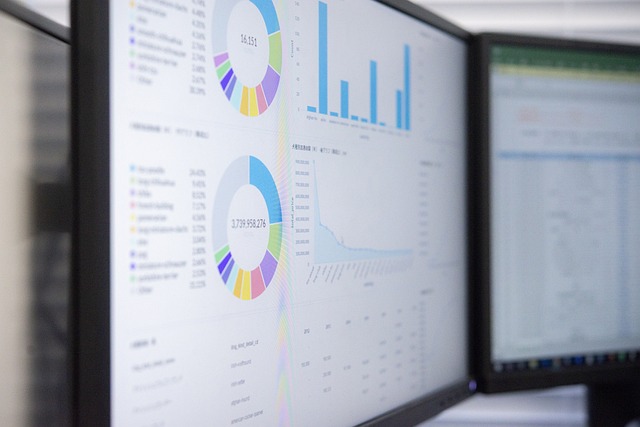
2 Best Twitter Sentiment Analysis Tools You Must Use for Your Account
X provides an excellent guide for analyzing the sentiment of your posts on the platform. You need a developer account, python 3, and text analytics cognitive service from Microsoft Azure. It requires you to create a project and an application and possess the app’s bearer token.
Following the platform’s guide becomes challenging if this sounds foreign to you or you don’t know how to code. Also, Twitter sentiment analysis is a complex and time-consuming process.
Fortunately, you can make it much easier using X sentiment analysis tools. You point them in the right direction, and they take it from there. These tools will follow vast volumes of conversations and visualize your results.
Below are the two best Twitter sentiment analysis tools.
Mentionlytics
Mentionlytics is a popular sentiment analysis tool for X. You can use it to track sentiments about yourself and your competitors.
It is straightforward to set up, as you don’t need any coding knowledge. You provide the Twitter keywords, hashtags, and phrases relevant to your account.
Wait for a while, and your dashboard on Mentionlytics will display the sentiment analysis results over a specific period. You can share it with your team so that they know what to do next. There’s also the option to generate high-quality reports automatically.
Use the free trial to see if this tool is what you’re looking for.
Hootsuite Insights
Another excellent sentiment analysis tool for X is Hootsuite Insights. Like every other software, this one also provides insight into positive and negative tweets from your target audience. Special filters show how the opinions vary with Twitter follower demographics.
Also, you don’t have to only focus on sentiments with this tool. It also monitors various emotions to understand your target audience better.
This tool will send alerts when significant changes in people’s feelings occur. In other words, it lets you be proactive and quickly resolve issues.
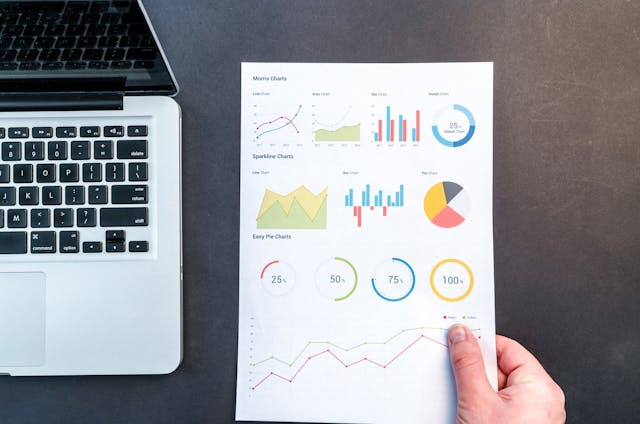
Use TweetDelete With Your Twitter Sentiment Analysis Tool To Tackle Issues
Understanding people’s sentiments on X towards your brand makes it easy to find out if you’re on the right track. Try out the tools in this guide to see what you uncover about your target audience.
When you post anything controversial, negative, offensive, or insensitive, its impact will appear in your sentiment analysis reports. The rise in backlash indicates something is going wrong with your strategy on X.
Fortunately, you can quickly address issues like this with TweetDelete before they become a crisis. The bulk-delete tweets feature is a lifesaver if multiple posts don’t resonate with your target audience. With the custom filter, you can find these tweets and take action quickly.
The auto-delete feature is an excellent way to remove older posts from your profile periodically. You never have to worry about what you tweeted in the past, haunting your brand’s credibility in the future.
Also, you can delete your likes from various posts to maintain your brand image on X. With TweetDelete and a Twitter sentiment analysis tool, you can be proactive and prevent negative sentiment from building steam. Use TweetDelete today to protect your brand’s reputation and image!
